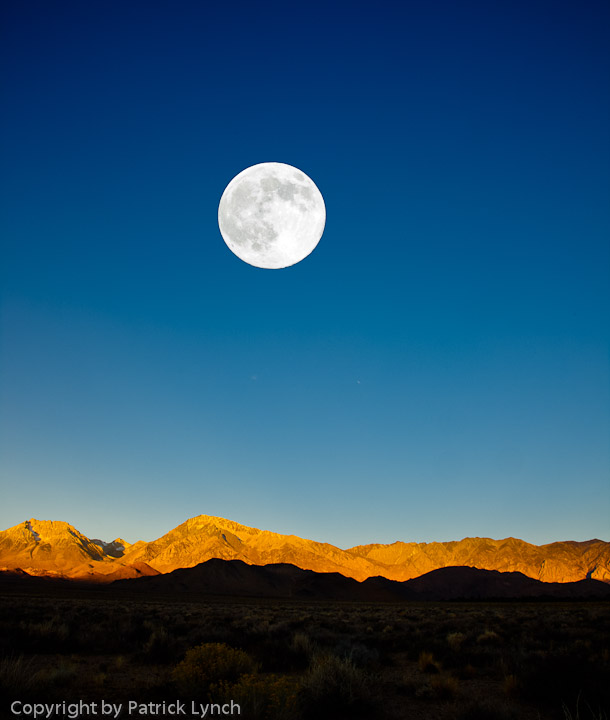I have ADHD. For those that know, it is well like DUH! So, for me to write, let alone an article on Plan, Prepare, Practice, Patience is quite something !
Regardless of whether you are an Instagram shooter, shooting for a paper, portraits, landscapes, you name it; Plan, Prepare, Practice, Patience all pay dividends. Seldom do we get a chance as photographers to do over again. and even the ability to do over again, requires planning and preparation.
- A product shots requires planning to allow a redo.
- I think of my son who posts on Instagram and Facebook multiple times a day of friends, food, activities; there is no redo for those occasions.
- Landscape photography, will the lighting be the same, will you be in the same spot, will the landscape be the same?
- Portraits, will the person(s) be able to have the same expression, will you have the same lighting?
- As an event photographer (think sports) the moment is fleeting and gone forever.
Not all photos, and types of photos require the same degree of Planning, Preparation, Practice, and Patience. My Instagram son, who uses his phone for photos plans, as do every other photographer I know. What do these four “P”s really mean?
Plan
Planning is the process of mentally looking into the future and imagining what is going to happen, and how you will respond. And then, taking notes (mental or otherwise) on what you will do. Here are a few examples:
- To take an early morning sunrise photo, I will need a light to see the camera, I will need a tripod for long exposures, I will something to keep me warm.
- To get pics of elephant seals fighting I am going to need a longish lens.
- What are the settings I need on the camera for what I am shooting.
Most of us do some amount of mental planning, but do we actually pay attention and think about what it is that we want to do? Often, planning is the result of learning from things not well enough planned.
Prepare
This is an action step: This is where I collect what is needed, or the process of getting what is needed available.
- Buy gloves and a headlamp for my before sunrise photo
- I find out if the elephant seals are visible to public and obtain needed permits
- Charge batteries
- Pack the camera bag
- Get water and munchies for during the day
- Clean the camera & lenses
- Fresh memory for the camera
All of these types of activities are implicitly the result of planning and recognizing what actions need to happen. I often make a work list so that I won’t forget something, and that I can add to as I remember other things. I set up various categories that I need to deal with such as clothing, camera, lighting, props, batteries.
Practice
There are many times and types of photography where there is not a lot of time to figure something out; kids, wild life, event photography, even landscape as the light is changing from predawn to dawn. I remember, one pre dawn at Mesa Arch, and three guys came in late, but they had a tripod, but they didn’t know how to connect the camera to the tripod. Some types of photography, such as sports or wild life, require a knowledge about the subject if you want good photos.
Patience
I am in some ways surprised that I am a photographer with my ADHD. Waiting for the moment and not getting frustrated in the waiting and not just clicking frames out of impatience that later have to be weeded out. The elephant seals, and the volleyball practice are both examples of this.
In parting, if you think about it, what would you do more of, what would you do less of: Plan Prepare Practice Patience?













